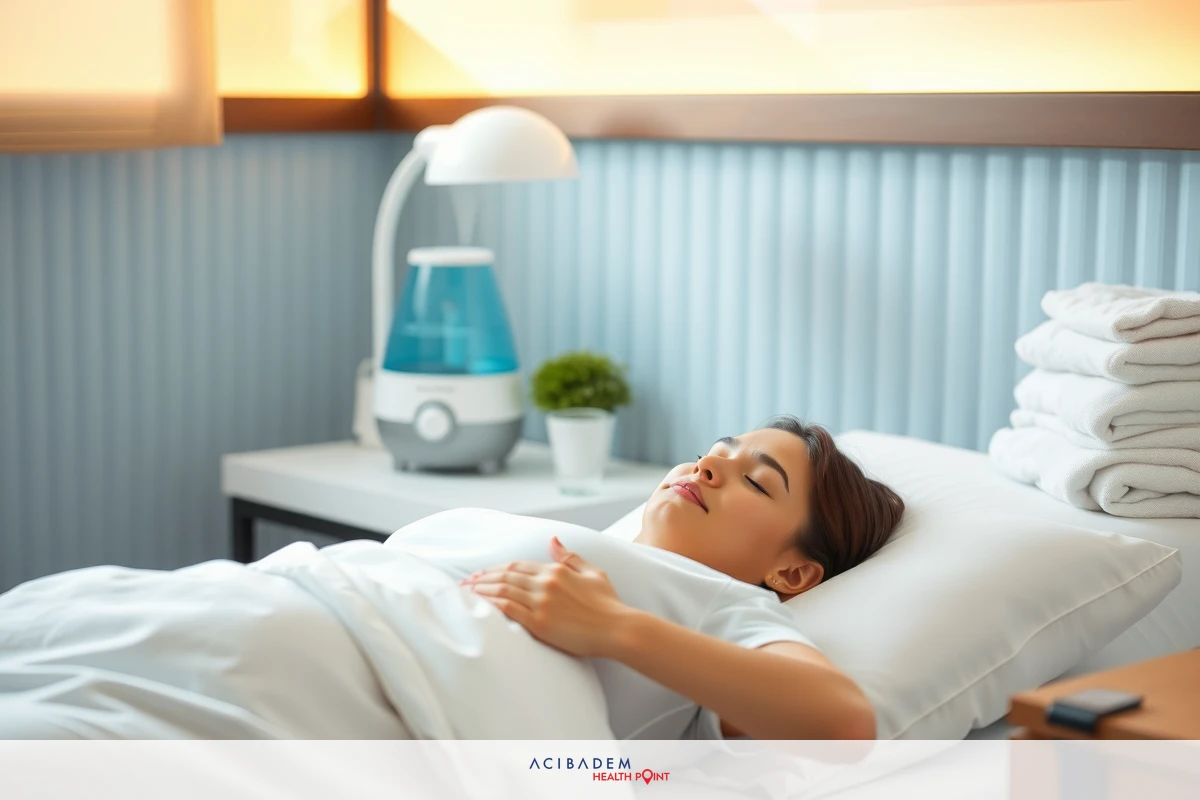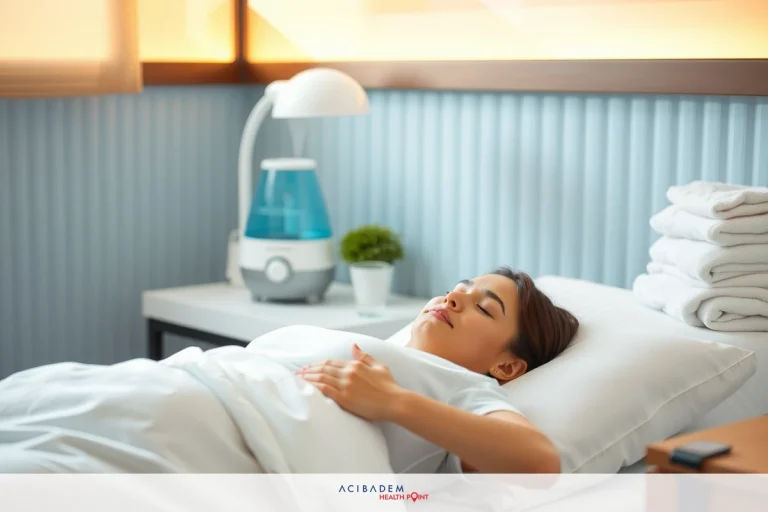How to Deal with Congestion After Rhinoplasty
How to Deal with Congestion After Rhinoplasty Rhinoplasty, a term widely used for nose reshaping surgery, often brings along its fair share of postoperative challenges. One such hurdle that many patients face is nasal congestion. This lingering discomfort can be quite bothersome and may even disrupt the recovery process if not properly managed.
Nasal irrigation benefits are immense in offering relief from congestion after undergoing rhinoplasty. It helps clean the nasal passages by flushing out excess mucus and debris, making breathing easier during recovery. Then there’s the humidifier – a patients best friend when dealing with nasal dryness or blockage.
Breathing exercises serve as another pillar of support in alleviating congestion issues following rhinoplasty. These exercises not only promote better airflow but also contribute positively towards reducing swelling and aiding overall healing. Remember, every patient experiences recovery differently; do consult your doctor before starting any new regimen or routine during your healing journey.
How to Deal with Congestion After Rhinoplasty: Nasal Irrigation
Nasal irrigation, a simple yet effective technique, has been found to be greatly beneficial in easing congestion post-rhinoplasty. Commonly known as nasal washing or sinus rinse, this process involves rinsing the nasal passages with a saline solution. This method is highly recommended for those recovering from rhinoplasty surgery due to its capacity to provide immediate relief from nasal congestion by flushing out any residual mucus.
The procedure of nasal irrigation is quite straightforward. It involves pouring a carefully measured amount of lukewarm saline solution into one nostril and allowing it to flow out through the other. The flowing water carries away excess mucus along with any debris that might have accumulated inside the nose after surgery. For patients who’ve undergone rhinoplasty, this could mean immediate alleviation from discomfort caused by blockages.
However, while performing nasal irrigation at home can indeed be helpful during recovery following rhinoplasty, it’s essential not to overdo it! Excessive rinsing can disrupt natural processes within your nose and potentially lead to further complications such as dryness or irritation. Always remember that moderation is key in all aspects of post-operative care including managing congestion.
Humidifier Use
Often overlooked but incredibly beneficial in combating post-rhinoplasty congestion is the use of a humidifier. This device works by releasing moisture into the air, increasing humidity levels and creating an optimal environment for your nasal passages to heal. By adding moisture to dry indoor air, humidifiers can help keep your nasal tissues moist and promote improved airflow.
The principle behind this is simple yet effective. Dryness often exacerbates feelings of congestion as it causes nasal membranes to swell up – making you feel blocked even when there’s no excess mucus present. A humidifier counters this issue by maintaining a balanced level of humidity in the room that prevents dryness hence reducing swelling within the nose. How to Deal with Congestion After Rhinoplasty
But before you rush off to buy a humidifier, bear certain things in mind! It’s crucial not only to choose the right kind of humidifier but also learn how best to clean and maintain it for prolonged efficacy. Neglecting these factors could lead instead towards increased growth of mold or bacteria which defeats its purpose entirely! So remember, while a good quality well-maintained humidifier plays an important role in rhinoplasty recovery by providing relief from nasal congestion, improper use may inadvertently worsen your situation.

Breathing Exercises
Breathing exercises hold a significant place in the recovery process after rhinoplasty. They not only serve to enhance lung capacity but also play an instrumental role in alleviating congestion, thereby fostering improved airflow and quickening the healing process. When performed correctly and consistently, these exercises can help maintain open airways and reduce discomfort caused by nasal blockages. How to Deal with Congestion After Rhinoplasty
One simple yet effective exercise involves inhaling deeply through your nose, holding your breath for a few seconds, then exhaling slowly via your mouth. This deep breathing technique encourages maximum oxygen intake while serving to soothe any irritation within the nasal passages – thus effectively reducing congestion post rhinoplasty. It’s important to note here that patience is key; it may take time before you start noticing significant changes but rest assured every little effort counts towards your overall recovery.
However, as with all aspects of post-operative care following rhinoplasty surgery, it’s crucial to consult with your doctor before starting any new regimen or routine including breathing exercises. What works well for one person might not necessarily be suitable for another due to individual variations in surgical procedures and healing rates. Always remember that professional guidance is invaluable when navigating through this journey towards achieving optimal results from your rhinoplasty procedure.
How to Deal with Congestion After Rhinoplasty: Frequently Asked Questions
How long does congestion last after rhinoplasty?
The duration of post operative congestion varies from person to person. Generally, patients can expect to experience some degree of nasal blockage for a few weeks following surgery. However, if you're still feeling congested beyond this time frame, it's advisable to consult your doctor.
Can nasal irrigation help reduce post-rhinoplasty congestion?
Yes! Nasal irrigation is an effective method of flushing out excess mucus and debris from the nose, thereby providing relief from congestion. But remember - moderation is key; overdoing it could lead to dryness or irritation.
Is using a humidifier beneficial during my recovery period?
Absolutely! A humidifier helps maintain optimal humidity levels in your room which prevents nasal dryness and consequently reduces swelling within the nose that often contributes towards feelings of congestion.
What role do breathing exercises play in managing post-rhinoplasty congestion?
Breathing exercises aid in maintaining open airways thus alleviating discomfort caused by nasal blockages. Furthermore, they encourage maximum oxygen intake which further assists in reducing inflammation and promoting healing.











